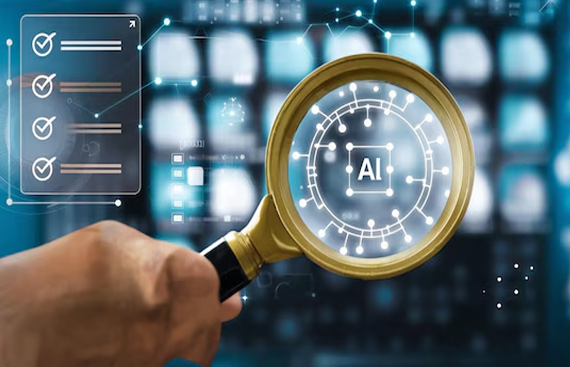In the modern digital ecosystem, where content is produced and shared at an unprecedented pace, the question of authenticity has become critical. The rise of advanced artificial intelligence systems capable of generating text that mimics human writing has sparked both excitement and concern. While these tools can streamline work and inspire creativity, they also present challenges for verifying originality. This is where an ai detector becomes indispensable.
The Need for Reliable AI Detection
Artificial intelligence models are now capable of producing essays, articles, marketing copy, and even creative writing that can pass for human-generated work. This development, while remarkable, has implications for education, journalism, business, and research. The line between human and machine-authored content is increasingly blurred, raising the need for tools that can evaluate and confirm authorship.
For educational institutions, AI detection ensures that academic integrity remains intact. In publishing, it helps maintain trust with readers by ensuring that articles meet editorial standards. For businesses, it can safeguard brand voice and authenticity, ensuring that messaging aligns with company values.
How AI Detection Works
An ai detector typically uses machine learning algorithms trained on vast datasets of both human-written and AI-generated text. By analyzing patterns such as sentence structure, word choice, repetition, and statistical anomalies, these tools can make an informed prediction about the origin of the content.
Key detection strategies include:
Identifying unusual levels of predictability in word sequences.
Recognizing overuse of certain grammatical structures common in AI output.
Assessing the richness and depth of context within the text.
While no detection tool is flawless, continual improvements in AI detection methods are helping increase their accuracy and reliability.
Industries Benefiting from AI Detection
Education – Academic institutions use AI detection to ensure the originality of student work.
Media and Publishing – Editors employ these tools to uphold credibility and prevent unacknowledged AI-written articles.
Corporate Communications – Businesses verify that key documents and campaigns reflect a human perspective.
Research and Academia – Scholarly journals rely on detection tools to protect intellectual property and uphold ethics.
Challenges in the AI Detection Landscape
One of the biggest challenges for AI detectors is the ongoing evolution of AI writing models. As they become more advanced, they can better replicate the nuances of human writing, making detection harder. This technological arms race requires continuous updates and retraining of detection algorithms to stay effective.
Another concern is the risk of false positives, where genuine human writing is incorrectly flagged as AI-generated. Balancing sensitivity with accuracy is crucial to avoid harming reputations or academic standing.
The Role of Ethics and Transparency
The goal of AI detection is not to hinder technological progress, but to promote transparency and responsible use. Clear policies on when and how AI tools should be used can prevent misunderstandings. For example, some organizations may permit AI assistance in drafting technical documents but require human review for creative or personal storytelling.
Looking Ahead
As AI tools continue to evolve, AI detection will become a standard feature integrated into content management systems, educational platforms, and corporate workflows. Real-time detection capabilities will help maintain trust in digital communication by ensuring that the origin of the content is clear.
Ultimately, the use of an ai detector is about safeguarding authenticity in a rapidly changing world. Whether in academia, media, or business, these tools play a vital role in ensuring that digital spaces remain trustworthy and transparent, allowing both humans and technology to coexist productively.

